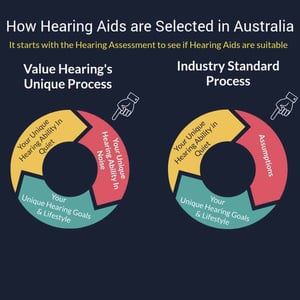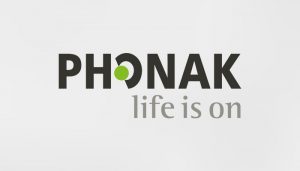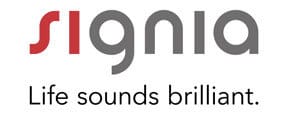Time To Read: 16 minutes
 Navigating the maze of options and choices that make up the hearing industry in Australia is no easy task. Hearing aid prices are not regulated, making choosing the right solution more difficult. Despite this difficulty, thousands of individuals, just like you embark on their own journey to find their best hearing solution each and every day.
Navigating the maze of options and choices that make up the hearing industry in Australia is no easy task. Hearing aid prices are not regulated, making choosing the right solution more difficult. Despite this difficulty, thousands of individuals, just like you embark on their own journey to find their best hearing solution each and every day.
At one point or another, you will find yourself undergoing a hearing test. Without this important part of the process, you simply cannot go any further with any chance of success. Hopefully, the test is a comprehensive hearing assessment performed by a qualified hearing care professional.
If hearing loss is detected, a recommendation is likely to be made by the hearing professional. One possible recommendation might be that you require hearing aids. In Australia, this recommendation is based on the severity and shape of your hearing loss as well as your lifestyle needs. Other recommendations may include being referred for further medical testing or simply waiting and being retested in a year or two.
In Australia, like in much of the rest of the world, hearing aids are selected based on your lifestyle needs and goals. Essentially, the more active your lifestyle and the more challenging the situations you’d like to hear in, the more expensive the recommended hearing aid technology will be.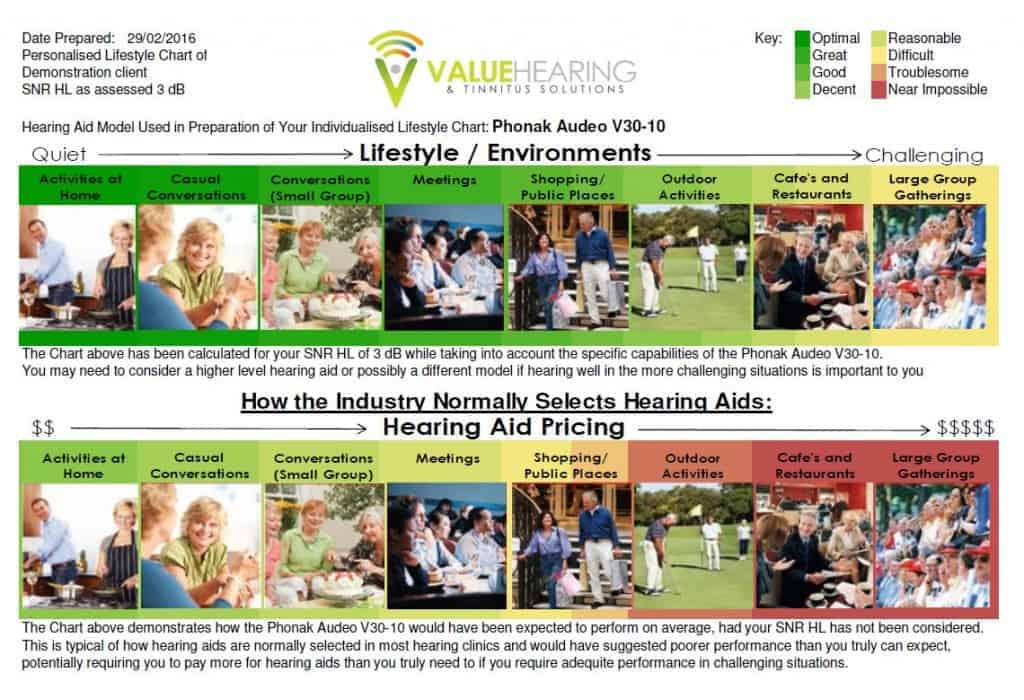
After experiencing sticker shock, many people head back online to do further research into hearing aid prices. Like you, about 23,000 of those people come to ValueHearing.com.au each month as part of their journey. A number of you complete quote requests or make an appointment for a first or second opinion.
Are you being sold more than you really need?
Value Hearing has been doing things a little differently since our inception in 2009. Rather than solely relying on your lifestyle and goals, we also test your unique hearing ability in noise. This individual speech-in-noise test, delivers a signal-to-noise ratio loss score. This score then points to the specific level of technology that has the best chance of working well for you in quiet and in noise.
We can use this score, combined with all the other results as well as your personal preferences to confidently recommend your single best solution without offering more or less than what you truly need. This has saved many clients thousands of dollars and has also helped others understand when hearing aids alone aren’t enough.
A burning question
For years I have been wondering how our in house recommendations, based on individual speech in noise testing, compares to what is happening in the rest of Australia, where lifestyle and goal based selection is dominant.
We have already shown that our unique hearing aid selection process is more likely to result in you getting a hearing aid that delivers benefit over the long term compared to the industry at large. In fact at Value Hearing, we were able to show that you are over 700% less likely to give up on using one of our hearing aids!
Not enough data until now
Even though we always measured individual speech in noise results, it was not capt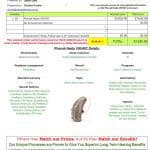 ured in a central location where it could be easily collated and analysed. That was until January 2017, when we launched our new cloud based quote system. This system stores data on hearing aid recommendations for all our clinicians as well as the specific speech in noise test result associated with that specific recommendation.
ured in a central location where it could be easily collated and analysed. That was until January 2017, when we launched our new cloud based quote system. This system stores data on hearing aid recommendations for all our clinicians as well as the specific speech in noise test result associated with that specific recommendation.
By the end of December 2018, we had collected sufficient data to look into things a bit further.
This lead to some VERY INTERESTING findings, but more on this later.
In search of the answer
Using the Value Hearing website, we have collected over 5000 unique quote requests from visitors just like you since 2016. Our quote form asks for information like hearing aid brand and technology level you’d like a quote on. Which is ideal for comparison purposes.
I spent a few days cleaning up this data, removing duplicates etc. I then compared this with the 1,387 in-house quote recommendations, made using on our unique hearing aid selection process in clinic, by our own clinicians, trained and experienced in our processes.
I was able to compare how many top end (premium level), mid range (Advanced level), Basic level and Essential level hearing aids were recommended using our process to those recommended elsewhere (assuming the quote requests we receive are representative of what clients are recommended elsewhere). I was also able to see which brands were recommended the most. Some brands even tended to have more premium quotes by percentage than others.
You are likely to be recommended more expensive hearing aids than you need
The table above shows the technology level from lowest to highest on the left hand side. We then compare Value Hearing’s proven method of using speech in noise testing, to Elsewhere (which is based on the quote requests received via our website).
As you can see from the table above, if only lifestyle and goals are used to determine level of technology in hearing aid selection, as happens commonly, then you are more likely to be recommended the most expensive hearing aids. This makes sense as most people spend some time out and about or in groups.
This may however be considered over prescription as you are not likely to gain any additional benefit with top end or advanced hearing aids over essential range hearing aids, if essential is all you brain requires to help it compensate.
Another concerning factor which we found in our own in-house results was that of the 36% of people who need premium hearing aids, almost ⅓ required additional accessories to do well in noise, even while using premium hearing aids.
Very few of the online quote requests mentioned any of these accessories needed to improve hearing in noise, in those who struggle the most. This could be interpreted that there might be a lot of people out there, dissatisfied with their premium hearing aids. They would have expected premium performance as the aids were chosen to suit their lifestyle, yet they still struggle significantly in noise even with the most expensive option.
When speech-in-noise testing is combined with our unique hearing aid selection process, we can advise you well in advance whether a specific hearing aid will help you in noise or not. This helps set realistic expectations.
We can also start discussing the required accessories early in the piece and make sure that the chosen hearing solution will work with the required accessories.
Things vary between brands
Another interesting finding was that some brands have many more top-end recommendations, based on online quote requests, than others. Some of these brands are linked to larger chains. So one may even start considering sales training or pressure as being a possible reason.
Sonic Innovations, a brand mainly recommended by one large chain, had 88% of the quote requests in the top or advanced range of technology. In second place was GN Resound, often recommended by another retail chain, at 81%. Starkey, who owns also owns their own chain, came in at 77% for top-end and advanced quotes. Phonak came in at 76% and Oticon came in at 72% along with Siemens/Signia.
Brands like Unitron and Bernafon were at the lower end of the scale for premium and advanced distribution at 57% and 68% respectively. This is still higher than our distribution of 54% for these higher technology levels. These brands are anecdotally known for providing better value in the lower tier products. So this finding makes sense in the market as a whole.
The top three quoted brands were Phonak, Oticon, and Siemens/Signia, in that order. They made up 70% of all the quotes. This is in alignment with the fact that these are the three largest brands globally.
The three least requested brands were Hansaton, Sonic Innovations, and Bernafon. These are second-tier brands of Unitron and Oticon. So one would not expect them to rank highly.
It pays to have your hearing in noise ability tested
These findings suggest that irrespective of pricing, premium and advanced hearing aids seem to be over-prescribed in Australia if only lifestyle and goals are considered without diagnostically individualised speech in noise testing.
Th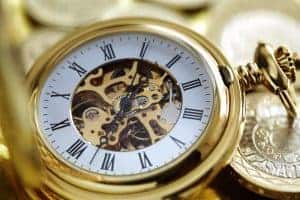 e effect of this is that you are likely to be oversold technology that makes not clinical difference. This has an impact both on your finances, as these are typically the more expensive models, as well as your level of satisfaction with the devices. We typically expect more, the more we pay and this could lead to a Value/benefit mismatch.
e effect of this is that you are likely to be oversold technology that makes not clinical difference. This has an impact both on your finances, as these are typically the more expensive models, as well as your level of satisfaction with the devices. We typically expect more, the more we pay and this could lead to a Value/benefit mismatch.
On the flip-side, you are also at risk of being very disappointed in hearing aids in general. If you choose a hearing aid that matches your lifestyle and your goals and it still fails to perform, then you might decide that hearing aids just don’t work. If you are in this situation, you’d be more than happy to tell others about how ineffective hearing aids are.
This in turn might prevent them from seeking assistance when they really need it and also stop you from considering hearing aids again.
Hearing aids have many social, emotional, psychological and health benefits. You also tend to do better with hearing aids when you are fitted earlier. So it would be a shame if someone is denied improved quality of life and health by such shared negative experiences.
The price difference between a set of essential-level hearing aids can be several thousand dollars. As many hearing aids recommended in Australia are from the most expensive tiers, it comes as no surprise that it is commonly assumed that decent hearing aids are expensive.
You have three options available to you to find the best value hearing aid:
- Find a clinic that tests speech in noise and uses that information to match the aid to your performance on that test.
- Purchase the most expensive hearing aid you can afford and hope for the best.
- Try increasingly more advanced hearing aids, starting at the essential level until you find one that works for you.
Option one saves you time, effort, and potentially a lot of money. It also ensures you are less likely to give up on the hearing aids over the life of the hearing aid as shown by our previous study. The prescribing clinician will be more confident in their recommendation. As long as this option is supported by a scheduled follow-up process, it should result in a high likelihood of ongoing benefit.
Option two is not affordable and although good for the industry’s profitability, leaves you out of pocket with no guarantees.
The last option is likely to lead to a lot of wasted time and effort. It is also likely to be extremely confusing as you need to keep careful notes of which model does what for you. You need to ensure that you trial hearing aids in exactly the same situations and under the same conditions as all the others, which is virtually impossible. You may also need to try different brands at different technology levels, as some brands perform better in some situations than others.
Further reading
- How To Troubleshoot Hearing Aids
- How To Clean Your Hearing Aids
- The Truth about Bluetooth (and radiation)
- What to expect from Bluetooth Hearing Aids
- Can my Bluetooth Hearing Aids get hacked?
- How we ensure your experience is consistent
- What you need to know about Hearing Aid Insurance
- Reduce clinic visits without sacrificing outcomes
- Introducing Bluetooth Hearing Aids
